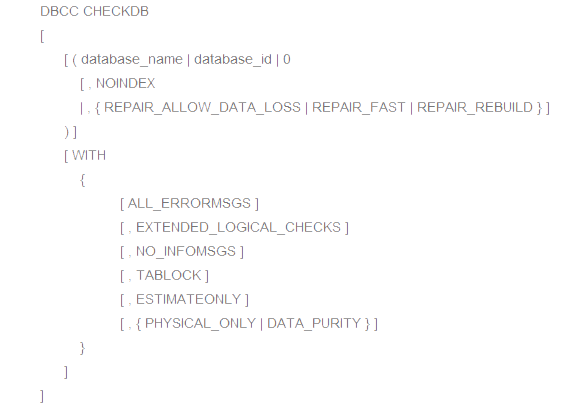Understanding And Rectifying SQL Error 903
While working with SQL Server database, the following error message may pops up on your window which indicates that either there is a problem with database recovery or the primary database has become corrupted.
SQL Error 903:
Unable to find row in sysindexes for clustered index on system catalog %d in database %d. This should exist in all databases." Run DBCC CHECKTABLE on sysindexes in the database.
Reason Behind Occurrence Of SQL Error Code 903
The error message may have occurred due to the following reasons:
- Database "sysindexes" table is not accessible to Adaptive Server.
- Whenever Adaptive Server views 'sysindexes', the error occurs in below mentioned situations:
- Confliction among actions opening the database and actions accessing 'sysindexes' table of the particular database.
- Actions that requires accessing columns of 'sysindexes' table. This action can be "order by" switch compilation; running "update statistic" command, etc.
Possible Aftermaths of SQL Error
The occurrence of SQL error 903 may result in existence of below mentioned issues.
- Device containing 'sysindexes' may become damaged or the 'sysindexes' table may become corrupted.
- Partition containing database has to be mounted as partition overlapping takes place.
- Problem with Adaptive Server may exist.
Rectifying Error Through Manual Measures
The workaround factors that may result in eliminating the error from database table are discussed below:
Hardware Diagnostic: Ensure if all the hardware components are working appropriately, and if any issue has been noticed with any of the devices, try to repair or replace that particular device.
Run DBCC CHECKDB Commands: To resolve SQL error code 9003 and to make database accessible, run the following command in SQL Server database:

Rectify SQL Error With Alternate Solution
However if the database tables have become corrupted and DBCC CHECKDB are not helping much in resolving the SQL error code 903 then, you may proceed toward third party software to repair SQL database file from corruption. As in SQL database corruption, the main concern involves preventing data from being isolated, so the tool takes extra care of the integrity and security of data. The benefits of using the tool are summed up herein:
- It recovers primary (MDF) and secondary (NDF) files from all sort of corruption.
- Helps recovering deleted data back into the database when a table or its components are deleted accidently.
- Ensure complete database recovery including components such as tables, triggers, indexes, stored procedures, etc.
- Offers to save resultant output either in SQL Server database or as SQL Server compatible scripts.
